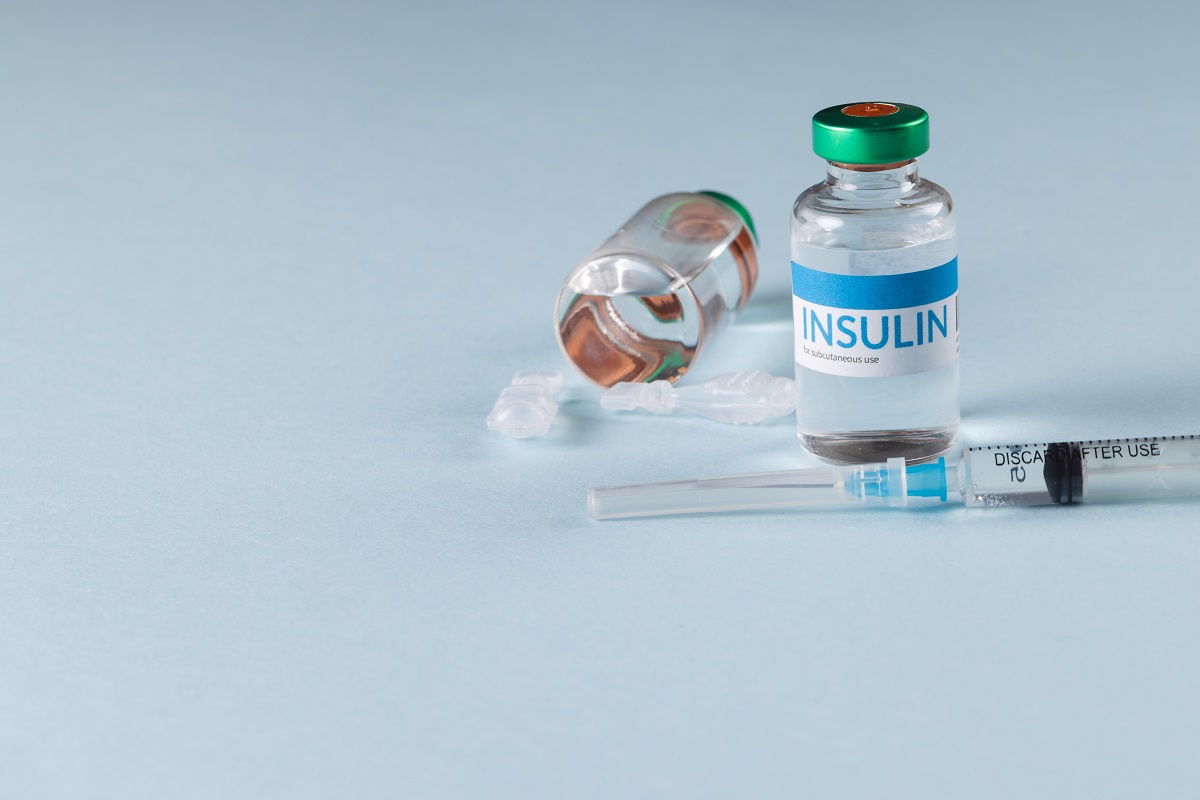This health condition happens when the body does not produce enough insulin. It is known as diabetic ketoacidosis and it is a serious complication of diabetes. Insulin is a vital hormone produced naturally in the body. It helps sugar (a major energy source) reach the muscles and other tissues. If a person does not have enough insulin, the body starts to break down fats as fuel, which usually leads to a buildup of acids in the bloodstream (known as ketones). Diabetic ketoacidosis happens when people do not replace insulin deficiency (do not receive treatment).
People with diabetes or a high risk of developing diabetes should talk with their doctors about diabetic ketoacidosis and when to seek medical care.
Symptoms
Commonly, the symptoms caused by this condition happen fast (in some cases within 24 hours). Check below some examples:
- Increased thirst
- Frequent urination
- Nausea
- Vomiting
- Stomach pain
- Weakness
- Tiredness
- Breathing problems
- Fruit-scented breath
- Confusion
Additional symptoms of diabetic ketoacidosis can be identified in blood and urine tests. These include increased blood sugar levels and increased ketone levels in urine.
If you have had a recent health problem or injury, it is advised that you measure your blood sugar regularly. You can also use a home ketone test kit to measure ketone levels. Immediately contact your healthcare professional if you experience persistent vomiting, blood sugar levels are higher than your target range, or ketone levels are moderate or high. However, you should seek emergency care if blood sugar levels are higher than 300 milligrams per deciliter (mg/dL), ketone levels are high and you cannot contact your doctor, or experience diabetic ketoacidosis symptoms.
Additionally, if you left diabetic ketoacidosis not treated, it may lead to death.
Causes
The primary source of energy for cells that consist of muscles and other tissues is sugar. A special hormone (insulin) helps sugar enter the cells in the body. In any case, the sugar cannot be used as energy for the cells if a person has low insulin levels. As a result, the body releases hormones that begin to break down fat to be used as fuel. Moreover, this process also makes acids (ketones). These ketones may build up in the blood and after that spill over in the urine. Check below the most common causes of diabetic ketoacidosis:
- Diseases – An infection or other health problems can cause the body to produce increased hormone levels (including Adrenaline or Cortisol). Thus, it works against insulin effects, which sometimes may provoke this diabetes complication. The most common conditions that provoke diabetic ketoacidosis are pneumonia and urinary tract infections.
- Insulin therapy problems – If you forget and do not receive insulin treatments it may lead to reduced insulin levels in the body. As a result, it may lead to diabetic ketoacidosis.
Check below other potential causes of diabetic ketoacidosis:
- Myocardial infarction or stroke
- Pregnancy
- Pancreatitis
- Physical or emotional trauma
- Misuse of alcohol or recreational drugs (such as cocaine)
- Some medicines (including diuretics, corticosteroids, and others)
Risk Factors
The following factors could elevate your risk of developing diabetic ketoacidosis. These include type 1 diabetes and frequent missed insulin doses. While in some cases, diabetic ketoacidosis happens with type 2 diabetes, in other cases, it may be the first symptom of diabetes.
Complications
In most cases, doctors treat this diabetes complication with fluids, electrolytes (including sodium, potassium, and chloride), and insulin. Check below some possible treatment complications:
- Reduced blood sugar (hypoglycemia) – When insulin helps sugar enter the cells the levels of blood sugar can drop. In case sugar levels drop too fast, it may lead to low blood sugar.
- Decreased potassium (hypokalemia) – Insulin and fluids used in diabetic ketoacidosis treatment can cause potassium levels to decrease significantly. Reduced potassium levels can negatively affect the heart, muscles, and nerves. That’s why doctors give the patients potassium along with insulin and other minerals.
- Brain swelling (cerebral edema) – This complication can happen due to a quick adjustment of the blood sugar levels. Commonly, it happens in children.
Loss of consciousness and even death can occur in people who do not get treatment for diabetic ketoacidosis.
How to Prevent Diabetic Ketoacidosis?
Fortunately, there are different methods to prevent or avoid this diabetes complication. Check below some tips:
- Diabetes treatment – It is important to manage diabetes and administer insulin or medications. Moreover, you should adopt a healthy diet and physical activity.
- Regularly check your blood sugar levels – You should measure your blood sugar levels 3-4 times daily and even more if you are ill or stressed.
- Insulin dosage adjustment – This means you should discuss with your doctor about the best insulin dose for you. Commonly, doctors prescribe insulin according to your diet, how active you are, existing health problems, and other factors.
- Ketone level checks – You can buy a urine ketones home test kit at drugstores and check your ketone levels. You should do this test especially when you are stressed or experience a health condition. If your ketone levels are moderate or high, you should contact immediately your healthcare professional.
Diagnosis
Usually, a physical examination and blood tests are enough to diagnose diabetic ketoacidosis. However, doctors may perform additional tests to identify the exact cause of this diabetes complication. Blood tests are used to measure:
- Blood sugar levels – In case you do not have enough insulin, blood sugar can increase significantly (hyperglycemia). Moreover, can continue to rise as the body uses fat as fuel.
- Ketone levels – While the body breaks down fat and protein for energy, certain acids (ketones) enter the bloodstream.
- Blood acidity – Increased levels of ketone in the blood can make it acidic, which can provoke function changes in the organs in the body.
Check below other tests also done by the doctors:
- Chest X-ray
- Urinalysis
- Blood electrolyte tests
- Electrocardiogram (a test used to measure the electrical activity of the heart)
Treatment
Usually, people with diabetic ketoacidosis are hospitalized or treated in the emergency room. Check below some common treatments recommended by doctors:
- Fluids – This treatment option is often recommended by physicians to replace loss of fluids due to frequent urination. It usually is given to the patients orally or intravenously (IV).
- Electrolyte replacement – You may have decreased levels of certain electrolytes and minerals (including potassium, sodium, and chloride). IV electrolytes help to maintain a healthy heart, muscles, and nerve cells.
- Insulin therapy – Taking insulin can reverse diabetic ketoacidosis. Moreover, this therapy is used along with electrolyte replacement and fluids often through a vein.
Frequently Asked Questions
Can high blood sugar levels lead to diabetic coma?
Yes, if blood sugar levels are higher than 600 milligrams per deciliter (mg/dL) it may lead to coma. Before a coma happens people usually experience severe dehydration and confusion.
What is the primary cause of diabetic ketoacidosis?
The main cause of this diabetes complication is reduced or even lack of insulin in the body. As a result, the body releases some hormones that start to break down fats and proteins for energy leading to sugar buildup. Moreover, along with previous processes, these hormones make acids known as ketones. Talk with a doctor for more details.
Can diabetic ketoacidosis be cured?
Yes, with proper treatment, you can reverse the condition within 24 hours. It is considered you get rid of this diabetes complication when blood sugar levels fall under 200 mg/dL. In severe cases of diabetic ketoacidosis, treatment may last several days. Ask your healthcare provider if you have additional questions.




